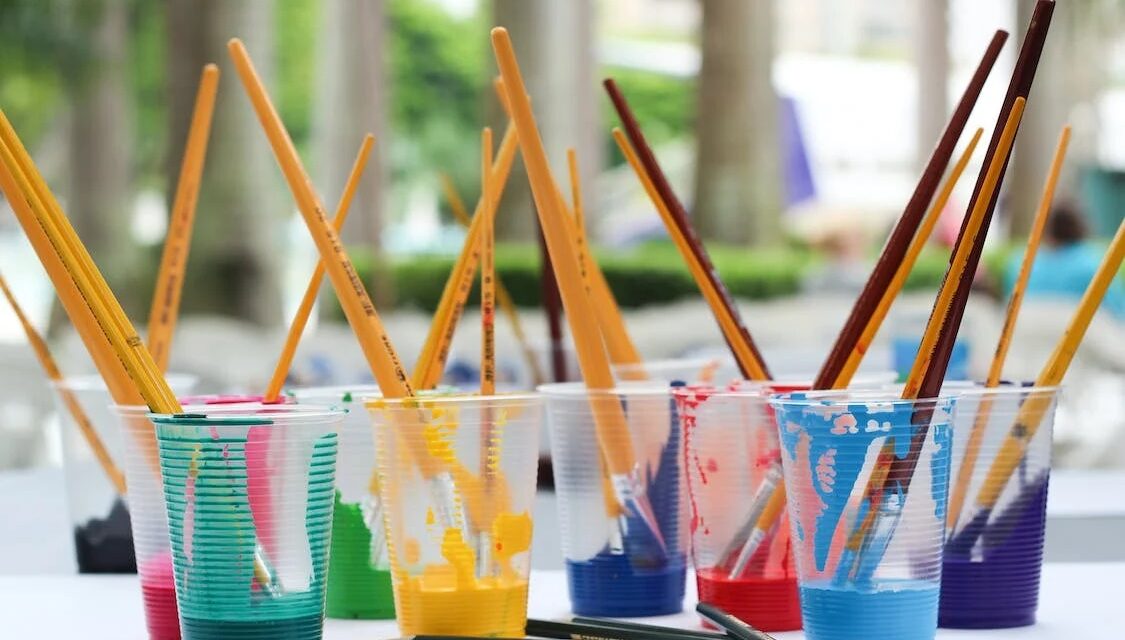Is North Carolina an important state for the arts?
“Of course,” I assert — resoundingly! There are lots of reasons. One is that the state has great art museums including the North Carolina Museum of Art in Raleigh brought to life by its former director Larry Wheeler. The wonderful museums at Duke (Nasher), UNC Greensboro (Weatherspoon), the Mint and Bechtler in Charlotte, and other places have museums that are great blessings.
What really seals the deal for North Carolina, as the new book “Art of the State” points out, is the plethora of artists all over the state who use their talents in many different ways.
The new book by Liza Roberts, published by UNC Press, introduces us to about 60 extraordinary artists who live throughout our state. Most of them are not wedded to the oil and canvas of the traditional art world.
I have gotten to know some of these 60 who sometimes work in the open where the public can observe them in action.
For instance, the potter Ben Owen, who works with clay. He and his colleagues in and around Seagrove have shared their ways of working and persuaded me that their work rates as a high art form. Their pottery then are art treasures.
Many Tar Heels have been privileged to work alongside Patrick Dougherty as he assembles large structures made of sticks, “woven, spun, braided and twirled, his massive, cocoon-like works of art look like nests shot out of a hurricane.”
Dougherty lives in Chapel Hill and works all over the state and Roberts writes “in places that dot the globe — from Belgrade to Sewanee, Charleston to Dublin. In his work he uses the help of ordinary people to create the wooden sculptures that always draw visitors. Over time, the wood rots and the structures fade away and disappear forever, except in the memories of those who worked and those who visited the project.
Thomas Sayre, who lives in Raleigh, casts components of earth and concrete into gigantic constructions. It requires heavy machinery in the process to cast and place the work. One of his studios, Roberts writes, is a field “where he uses heavy machinery to dig sculptural forms in the earth, where he fills them with rebar and cement and earth, where he later digs up hardened shapes, lifts them, with a crew and a crane, and situates and embeds them where they belong.”
Herb Jackson’s dramatic configurations of shape and color on canvas is work that I have been privileged to follow in my hometown of Davidson where Jackson taught and still lives and works.
Elizabeth Bradford, who lives near Davidson on land her family has owned for hundreds of years, declares she is on a mission “to take things that aren’t obviously beautiful and to render them beautiful” in her large canvases. Every year she picks something “I didn’t think I could do, and I would spend the next year trying to do it.” One year she decided to paint a new painting every single day for a year.
These artists are celebrated in the book along with more than 50 other exciting North Carolina artists. In addition to their different modes of art, they are diverse in gender, race, ethnic background, and where they live.
“Art of the State” calls us to savor these differences and shows how the artists’ diversity helps us see and better appreciate the different art forms these artists use.
The new book demonstrates that our state is blessed with a variety of artists, age-wise, generation-wise, and racial-wise. It is a godsend that they work with a variety of different styles, mediums, and sizes.
Using extraordinarily beautiful photographs of the artists and their work, Roberts shows their diversity and their charm. The photos and the book’s description of the artists’ different approaches gives its readers and viewers a spectacular introduction to the importance of North Carolina and all that it offers artists and art fans.
In conclusion, “Art of the State,” so carefully organized and illustrated, is itself a piece of art that will be enjoyed by its owners for many years.
D.G. Martin, a lawyer, retired as UNC system vice president for public affairs in 1997. He hosted PBC-NC’s “North Carolina Bookwatch,” for more than 20 years.
Chapelboro.com does not charge subscription fees, and you can directly support our efforts in local journalism here. Want more of what you see on Chapelboro? Let us bring free local news and community information to you by signing up for our biweekly newsletter.



